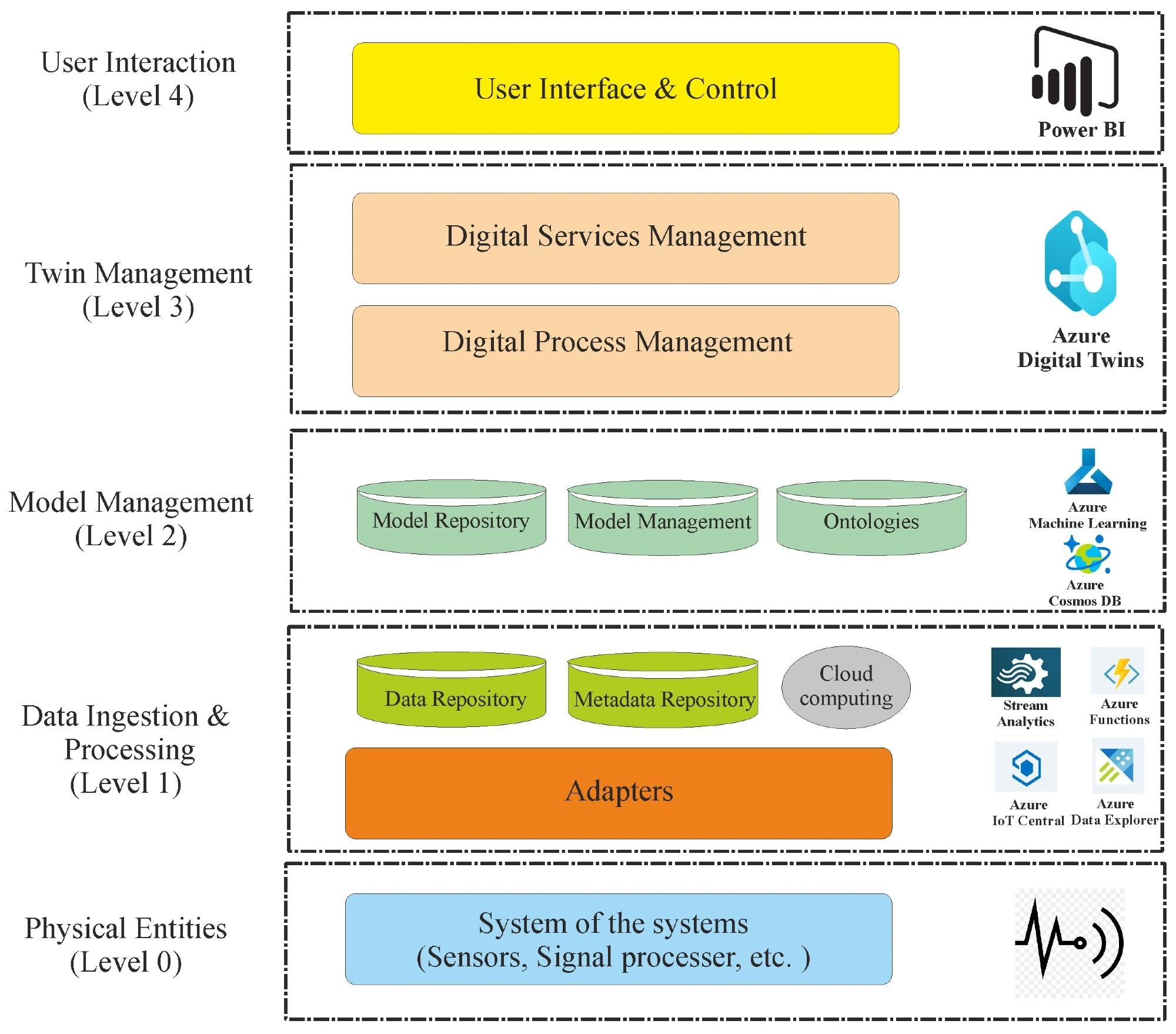In a recent article published in the journal Sensors, researchers proposed a novel data-driven approach to predict rail corrugation using deep learning and kinetic data from rolling stock, such as forward velocity and acceleration in longitudinal and vertical directions. Their goal was to address rail defects caused by self-excited vibrations and resonance in the wheel-rail system, which are influenced by material properties, friction, temperature, and curvature.
 Flowchart of the test bench for monitoring track degradation. Image Credit: https://www.mdpi.com/1424-8220/24/14/4627
Flowchart of the test bench for monitoring track degradation. Image Credit: https://www.mdpi.com/1424-8220/24/14/4627
Background
Railway systems are crucial for transportation, and their reliability depends on track and rolling stock conditions. Rail corrugation is a type of track damage marked by periodic waves on the rail surface, resulting from self-excited vibrations and resonance. This damage can lead to increased noise, vibration, reduced ride quality, accelerated wear and tear, and higher maintenance costs. Therefore, monitoring and predicting rail corrugation are important to mitigate these effects and plan effective maintenance.
Various methods have been used to model and predict rail corrugation, including statistical analysis, experimental methods, analytical and numerical models, frequency domain analysis, and finite element models. However, these methods often face limitations such as high computational costs, sensitivity to assumptions and boundary conditions, and challenges in capturing the complex dynamics of the wheel-rail system. They also typically require detailed information about track geometry, material properties, and contact conditions, which may not always be available or easy to measure.
About the Research
In this paper, the authors developed a method to predict rail corrugation using commonly available data from rolling stock. They applied a deep learning technique known as a one-dimensional convolutional neural network (CNN-1D) to learn the relationship between input data (forward velocity and acceleration in longitudinal and vertical directions) and output data (corrugation profile).
The CNN-1D model features three convolutional layers and two dense layers, with specific kernel sizes and activation functions. It was trained and tested using data from a 1:10 scale railway system, including a 90-meter-long track with a realistic corrugated profile and a scaled vehicle equipped with sensors for measuring acceleration and wheel rotation.
Data were collected and synchronized at 5000 Hz using a data acquisition system. They were preprocessed with the moving root mean square (RMS) method to reduce noise and correct temporal misalignment. Additionally, the data were normalized by squaring the forward velocity to account for dynamic effects. Finally, the data were divided into training, validation, and testing subsets, with varying proportions for each forward velocity.
Research Findings
The CNN-1D model's performance was evaluated using mean absolute percentage error (MAPE), root mean square error (RMSE), and mean absolute error (MAE). The outcomes showed high accuracy, with MAPE values below 5% for both forward velocities (1.8 m/s and 2.7 m/s). The model effectively reproduced the corrugation profile, accurately capturing the shape and amplitude of the waves. Additionally, the error analysis revealed that most errors were small, indicating high prediction accuracy.
The researchers used gradient-weighted class activation mapping (Grad-CAM) to visualize which parts of the input data were most influential in the model’s predictions. Grad-CAM measures the gradient between the projections and the feature maps of the last convolutional layer, averaging these gradients to obtain weights for each feature map. The resulting heat maps showed that the CNN-1D model could distinguish between various track regions, including undamaged, one-sided corrugated, and two-sided corrugated areas, and identify transition zones with different activation intensities.
Applications
The introduced approach can be employed to monitor rail degradation over large segments or even entire networks, leveraging data collected during regular operations. It can be integrated with higher-level maintenance models to assess how different damage levels affect overall railway performance and safety, supporting data-driven and proactive maintenance. It may also be extended to other track defects, such as rail wear, cracks, and squats, by using appropriate sensors and data.
Conclusion
In summary, the deep learning technique proved effective for forecasting rail corrugation and has the potential to revolutionize railway maintenance and operation. It could also be extended to other types of track defects. Future work could include combining physics-based models with data-driven techniques, collecting more data at varying forward velocities, and integrating corrugation predictions into comprehensive condition-based maintenance models.
Journal reference:
- Haghbin, M.; Chiachío, J.; Muñoz, S.; Escalona Franco, J.L.; Guillén, A.J.; Crespo Marquez, A.; Cantero-Chinchilla, S. Predicting Rail Corrugation Based on Convolutional Neural Networks Using Vehicle’s Acceleration Measurements. Sensors 2024, 24, 4627. DOI: 10.3390/s24144627, https://www.mdpi.com/1424-8220/24/14/4627